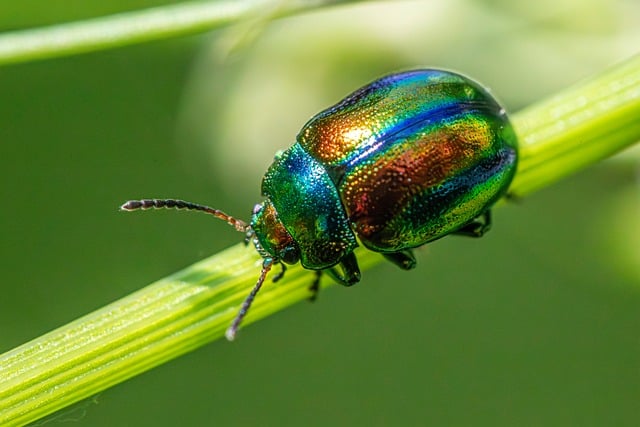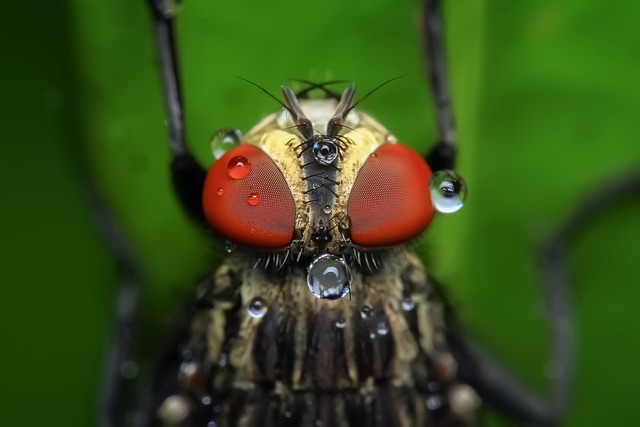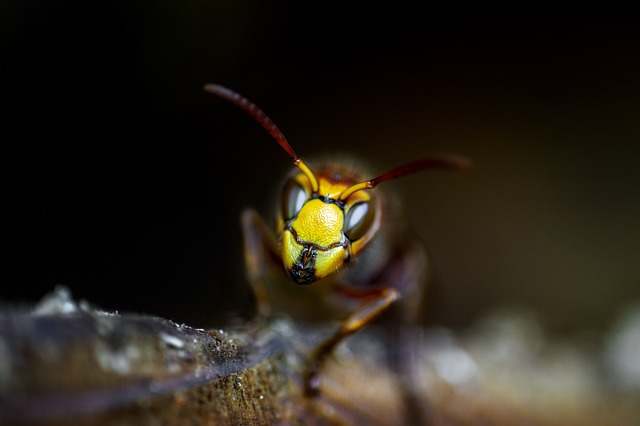Understanding spider behavior and identifying common species is key to preventing and managing infestations in Littleton homes. Regular inspections, vacuuming, proactive measures, and professional wildlife trapping services effectively address issues. Early recognition of signs like webs, holes, marks, or odors is crucial for humane, efficient removal from attics, crawl spaces, and other areas.
Discovering spiders in your Littleton home can be unsettling. Learn how to recognize their behavior and identify common species lurking in your space. This guide offers practical insights on effective wildlife trapping methods for spider control, helping you navigate the challenge of these eight-legged intruders. Understanding spider habits and choosing the right trapping techniques is key to a successful and safe elimination process. Knowing how to identify a spider infestation in your Littleton home is the first step towards reclaiming your living environment.
- Recognizing Spider Behavior in Your Home
- Identifying Common Spider Species in Littleton
- Effective Wildlife Trapping for Spider Control
Recognizing Spider Behavior in Your Home

Recognizing Spider Behavior in Your Home
If you suspect a spider infestation in your Littleton home, it’s crucial to understand their behavior patterns. Spiders typically enter homes seeking food, water, and shelter. They are often attracted by cracks, gaps, and openings around windows, doors, or utility pipes. Once inside, they establish webs in dark corners, behind furniture, under appliances, and in cluttered areas. These intricate structures serve as both hiding spots and traps for their prey.
To identify a spider infestation, keep an eye out for telltale signs like visible webs, small holes in fabrics or walls, or even the presence of dead spiders. Some species leave distinct marks or odours. Regularly inspect less accessible areas and vacuum thoroughly to remove any webbing or eggsacs. By understanding these behaviors, you can take proactive steps towards prevention and effective pest control wildlife trapping services if needed.
Identifying Common Spider Species in Littleton

In Littleton, recognizing common spider species is crucial for anyone looking to address a potential infestation. The first step in how to identify a spider infestation in your Littleton home is understanding the various types that might be present. One of the most familiar is the house spider (Orgaea domesticus), easily identifiable by its thin body and long legs, often found in corners and along walls. Another common resident is the American house spider, characterized by a round body and eight prominent eyes. These spiders are typically harmless but can cause a nuisance with their web-building habits.
The black widow (Latrodectus mactans) is another species to watch out for. As its name suggests, it’s recognized by a striking black body and a red hourglass marking on its belly. While their bite can be painful, these spiders are usually shy and avoid human contact. Other notable mentions include the brown recluse (Loxosceles reclusa), known for its distinctive violin-shaped mark, and the common mouse spider (Missulena spp.), which can have varying colors but is often dark with lighter markings. Regular inspections and early identification are key to managing these spider populations effectively.
Effective Wildlife Trapping for Spider Control

Spider infestations can quickly turn into a homeowner’s worst nightmare, especially in areas like Littleton where various species thrive. Knowing how to identify a problem early is key to effective spider control. Look for signs such as intricate webbing in corners and cracks, especially after cleaning or when lights are on at night. You might also spot spiders themselves, ranging from the common house spider to larger varieties like black widows.
Once identified, professional wildlife trapping services offer a humane and efficient solution. These experts utilize specialized equipment and techniques tailored to different spider species. They carefully set traps in strategic locations, ensuring minimal disruption to your home while effectively capturing and removing arachnids. This method is particularly beneficial for sensitive areas like attics or crawl spaces, where spiders often build nests unnoticed until an infestation arises.
Understanding spider behavior and identifying common species in your Littleton home is the first step towards effective spider control. If you’ve identified a spider infestation, utilizing professional wildlife trapping services can provide humane and efficient solutions. By employing specialized techniques and traps, these experts can safely remove spiders from your living space, ensuring a pest-free environment. Remember, early detection and prompt action are key to managing any insect or arachnid invasion, so don’t hesitate to seek assistance if you suspect a spider infestation in your Littleton home.
